-
EXECUTIVE SUMMARY
-
Market Attractiveness Analysis
- Global Waterproof Socks Market, by Material
- Global Waterproof Socks Market, by End User
- Global Waterproof Socks Market, by Distribution Channel
- Global Waterproof Socks Market, by Region
-
MARKET INTRODUCTION
-
Definition
-
Scope of the Study
-
Market Structure
-
Key Buying Criteria
-
Macro Factor Indicator Analysis
-
RESEARCH METHODOLOGY
-
Research Process
-
Primary Research
-
Secondary Research
-
Market Size Estimation
-
Forecast Model
-
List of Assumptions
-
MARKET DYNAMICS
-
Introduction
-
Drivers
-
Restraints
-
Opportunities
-
Challenges
-
MARKET FACTOR ANALYSIS
-
Value Chain Analysis
-
Supply Chain Analysis
-
Porter’s Five Forces Model
- Bargaining Power of Suppliers
- Bargaining Power of Buyers
- Threat of New Entrants
- Threat of Substitutes
- Intensity of Rivalry
-
GLOBAL WATERPROOF SOCKS MARKET, BY MATERIAL
-
Introduction
-
Nylon
- Nylon: Market Estimates & Forecast, by Region, 2023–2032
-
Polypropylene
- Polypropylene: Market Estimates & Forecast, by Region, 2023–2032
-
Wool
- Wool: Market Estimates & Forecast, by Region, 2023–2032
-
Bamboo Rayon
- Bamboo Rayon: Market Estimates & Forecast, by Region, 2023–2032
-
Others
- Others: Market Estimates & Forecast, by Region, 2023–2032
-
GLOBAL WATERPROOF SOCKS MARKET, BY END USER
-
Introduction
-
Children
- Children: Market Estimates & Forecast, by Region, 2023–2032
-
Adults
- Adults: Market Estimates & Forecast, by Region, 2023–2032
-
GLOBAL WATERPROOF SOCKS MARKET, BY DISTRIBUTION CHANNEL
-
Introduction
-
Store-Based
- Store-Based: Market Estimates & Forecast, by Region, 2023–2032
- Supermarkets & Hypermarkets
- Specialty Stores
- Others
-
Non-Store-Based
- Non-Store-Based: Market Estimates & Forecast, by Region, 2023–2032
-
GLOBAL WATERPROOF SOCKS MARKET MARKET, BY REGION
-
Introduction
-
North America
- Market Estimates & Forecast, by Material, 2023–2032
- Market Estimates & Forecast, by End User, 2023–2032
- Market Estimates & Forecast, by Distribution Channel, 2023–2032
- Market Estimates & Forecast, by Country, 2023–2032
- US
- Canada
- Mexico
-
Europe
- Market Estimates & Forecast, by Material, 2023–2032
- Market Estimates & Forecast, by End User, 2023–2032
- Market Estimates & Forecast, by Distribution Channel, 2023–2032
- Market Estimates & Forecast, by Country, 2023–2032
- Germany
- UK
- France
- Spain
- Italy
- Rest of Europe
-
Asia-Pacific
- Market Estimates & Forecast, by Material, 2023–2032
- Market Estimates & Forecast, by End User, 2023–2032
- Market Estimates & Forecast, by Distribution Channel, 2023–2032
- Market Estimates & Forecast, by Country, 2023–2032
- China
- Japan
- India
- Australia & New Zealand
- Rest of Asia-Pacific
-
Rest of the World
- Market Estimates & Forecast, by Material, 2023–2032
- Market Estimates & Forecast, by End User, 2023–2032
- Market Estimates & Forecast, by Distribution Channel, 2023–2032
- Market Estimates & Forecast, by Region, 2023–2032
- South America
- Middle East
- Africa
-
COMPETITIVE LANDSCAPE
-
Introduction
-
Competitive Benchmarking
-
Development Share Analysis
-
Key Developments & Growth Strategies
-
COMPANY PROFILES
-
Recreational Equipment, Inc.
- Company Overview
- Financial Overview
- Products Offered
- Key Developments
- SWOT Analysis
- Key Strategies
-
Annapolis Performance Sailing Ltd.
- Company Overview
- Financial Overview
- Products Offered
- Key Developments
- SWOT Analysis
- Key Strategies
-
Reed Chillcheater
- Company Overview
- Financial Overview
- Products Offered
- Key Developments
- SWOT Analysis
- Key Strategies
-
Rocky Brands
- Company Overview
- Financial Overview
- Products Offered
- Key Developments
- SWOT Analysis
- Key Strategies
-
Wigwam Corporation
- Company Overview
- Financial Overview
- Products Offered
- Key Developments
- SWOT Analysis
- Key Strategies
-
Camaro GesmbH
- Company Overview
- Financial Overview
- Products Offered
- Key Developments
- SWOT Analysis
- Key Strategies
-
Renfro Corporation
- Company Overview
- Financial Overview
- Products Offered
- Key Developments
- SWOT Analysis
- Key Strategies
-
Seavenger
- Company Overview
- Financial Overview
- Products Offered
- Key Developments
- SWOT Analysis
- Key Strategies
-
Henderson Neosport
- Company Overview
- Financial Overview
- Products Offered
- Key Developments
- SWOT Analysis
- Key Strategies
-
NRS
- Company Overview
- Financial Overview
- Products Offered
- Key Developments
- SWOT Analysis
- Key Strategies
-
Bridgedale Outdoor Ltd
- Company Overview
- Financial Overview
- Products Offered
- Key Developments
- SWOT Analysis
- Key Strategies
-
Footland Inc.
- Company Overview
- Financial Overview
- Products Offered
- Key Developments
- SWOT Analysis
- Key Strategies
-
Lennon Performance Products Ltd.
- Company Overview
- Financial Overview
- Products Offered
- Key Developments
- SWOT Analysis
- Key Strategies
-
Northern Diver
- Company Overview
- Financial Overview
- Products Offered
- Key Developments
- SWOT Analysis
- Key Strategies
-
Wildfire Sports & Trek.
- Company Overview
- Financial Overview
- Products Offered
- Key Developments
- SWOT Analysis
- Key Strategies
-
APPENDIX
-
General Sources & References
-
List of Abbreviations
-
-
LIST OF TABLES
-
Global Waterproof Socks Market, by Region, 2023–2032 (USD Million)
-
Global Waterproof Socks Market, by Material, 2023–2032 (USD Million)
-
Global Waterproof Socks Market, by End User, 2023–2032 (USD Million)
-
Global Waterproof Socks Market, by Distribution Channel, 2023–2032 (USD Million)
-
North America: Waterproof Socks Market, by Country, 2023–2032 (USD Million)
-
North America: Waterproof Socks Market, by Material, 2023–2032 (USD Million)
-
North America: Waterproof Socks Market, by End User, 2023–2032 (USD Million)
-
North America: Waterproof Socks Market, by Distribution Channel, 2023–2032 (USD Million)
-
US: Waterproof Socks Market, by Material, 2023–2032 (USD Million)
-
US: Waterproof Socks Market, by End User, 2023–2032 (USD Million)
-
US: Waterproof Socks Market, by Distribution Channel, 2023–2032 (USD Million)
-
Canada: Waterproof Socks Market, by Material, 2023–2032 (USD Million)
-
Canada: Waterproof Socks Market, by End User, 2023–2032 (USD Million)
-
Canada: Waterproof Socks Market, by Distribution Channel, 2023–2032 (USD Million)
-
Mexico: Waterproof Socks Market, by Material, 2023–2032 (USD Million)
-
Mexico: Waterproof Socks Market, by End User, 2023–2032 (USD Million)
-
Mexico: Waterproof Socks Market, by Distribution Channel, 2023–2032 (USD Million)
-
Europe: Waterproof Socks Market, by Country, 2023–2032 (USD Million)
-
Europe: Waterproof Socks Market, by Material, 2023–2032 (USD Million)
-
Europe: Waterproof Socks Market, by End User, 2023–2032 (USD Million)
-
Europe: Waterproof Socks Market, by Distribution Channel, 2023–2032 (USD Million)
-
Germany: Waterproof Socks Market, by Material, 2023–2032 (USD Million)
-
Germany: Waterproof Socks Market, by End User, 2023–2032 (USD Million)
-
Germany: Waterproof Socks Market, by Distribution Channel, 2023–2032 (USD Million)
-
France: Waterproof Socks Market, by Material, 2023–2032 (USD Million)
-
France: Waterproof Socks Market, by End User, 2023–2032 (USD Million)
-
France: Waterproof Socks Market, by Distribution Channel, 2023–2032 (USD Million)
-
Italy: Waterproof Socks Market, by Material, 2023–2032 (USD Million)
-
Italy: Waterproof Socks Market, by End User, 2023–2032 (USD Million)
-
Italy: Waterproof Socks Market, by Distribution Channel, 2023–2032 (USD Million)
-
Spain: Waterproof Socks Market, by Material, 2023–2032 (USD Million)
-
Spain: Waterproof Socks Market, by End User, 2023–2032 (USD Million)
-
Spain: Waterproof Socks Market, by Distribution Channel, 2023–2032 (USD Million)
-
UK: Waterproof Socks Market, by Material, 2023–2032 (USD Million)
-
UK: Waterproof Socks Market, by End User, 2023–2032 (USD Million)
-
UK: Waterproof Socks Market, by Distribution Channel, 2023–2032 (USD Million)
-
Rest of Europe: Waterproof Socks Market, by Material, 2023–2032 (USD Million)
-
Rest of Europe: Waterproof Socks Market, by End User, 2023–2032 (USD Million)
-
Rest of Europe: Waterproof Socks Market, by Distribution Channel, 2023–2032 (USD Million)
-
Asia-Pacific: Waterproof Socks Market, by Country, 2023–2032 (USD Million)
-
Asia-Pacific: Waterproof Socks Market, by Material, 2023–2032 (USD Million)
-
Asia-Pacific: Waterproof Socks Market, by End User, 2023–2032 (USD Million)
-
Asia-Pacific: Waterproof Socks Market, by Distribution Channel, 2023–2032 (USD Million)
-
China: Waterproof Socks Market, by Material, 2023–2032 (USD Million)
-
China: Waterproof Socks Market, by End User, 2023–2032 (USD Million)
-
China: Waterproof Socks Market, by Distribution Channel, 2023–2032 (USD Million)
-
India: Waterproof Socks Market, by Material, 2023–2032 (USD Million)
-
India: Waterproof Socks Market, by End User, 2023–2032 (USD Million)
-
India: Waterproof Socks Market, by Distribution Channel, 2023–2032 (USD Million)
-
Japan: Waterproof Socks Market, by Material, 2023–2032 (USD Million)
-
Japan: Waterproof Socks Market, by End User, 2023–2032 (USD Million)
-
Japan: Waterproof Socks Market, by Distribution Channel, 2023–2032 (USD Million)
-
Rest of Asia-Pacific: Waterproof Socks Market, by Material, 2023–2032 (USD Million)
-
Rest of Asia-Pacific: Waterproof Socks Market, by End User, 2023–2032 (USD Million)
-
Rest of Asia-Pacific: Waterproof Socks Market, by Distribution Channel, 2023–2032 (USD Million)
-
Rest of the World (RoW): Waterproof Socks Market, by Country, 2023–2032 (USD Million)
-
Rest of the World (RoW): Waterproof Socks Market, by Material, 2023–2032 (USD Million)
-
Rest of the World (RoW): Waterproof Socks Market, by End User, 2023–2032 (USD Million)
-
Rest of the World (RoW): Waterproof Socks Market, by Distribution Channel, 2023–2032 (USD Million)
-
South America: Waterproof Socks Market, by Material, 2023–2032 (USD Million)
-
South America: Waterproof Socks Market, by End User, 2023–2032 (USD Million)
-
South America: Waterproof Socks Market, by Distribution Channel, 2023–2032 (USD Million)
-
Middle East: Waterproof Socks Market, by Material, 2023–2032 (USD Million)
-
Middle East: Waterproof Socks Market, by End User, 2023–2032 (USD Million)
-
Middle East: Waterproof Socks Market, by Distribution Channel, 2023–2032 (USD Million)
-
Africa: Waterproof Socks Market, by Material, 2023–2032 (USD Million)
-
Africa: Waterproof Socks Market, by End User, 2023–2032 (USD Million)
-
Africa: Waterproof Socks Market, by Distribution Channel, 2023–2032 (USD Million)
-
-
LIST OF FIGURES
-
Global Waterproof Socks Market Segmentation
-
Forecast Research Methodology
-
Five Forces Analysis of the Global Waterproof Socks Market
-
Value Chain of the Global Waterproof Socks Market
-
Share of the Global Waterproof Socks Market in 2023, by Country (%)
-
Global Waterproof Socks Market, by Region, 2023–2032
-
Global Waterproof Socks Market Size, by Material, 2023
-
Share of the Global Waterproof Socks Market, by Material, 2023–2032 (%)
-
Global Waterproof Socks Market Size, by End User, 2023
-
Share of the Global Waterproof Socks Market, by End User, 2023–2032 (%)
-
Global Waterproof Socks Market Size, by Distribution Channel, 2023
-
Share of the Global Waterproof Socks Market, by Distribution Channel, 2023–2032 (%)

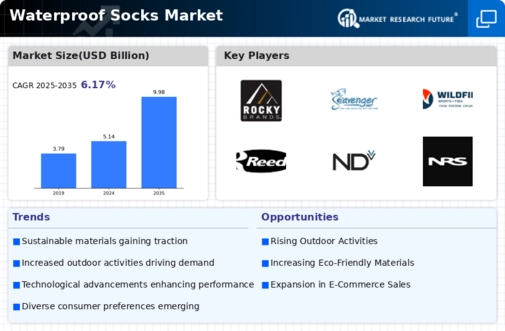
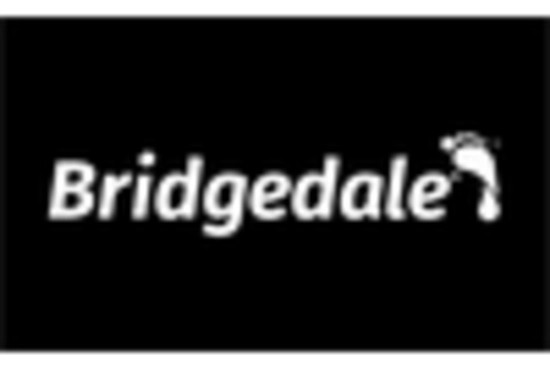
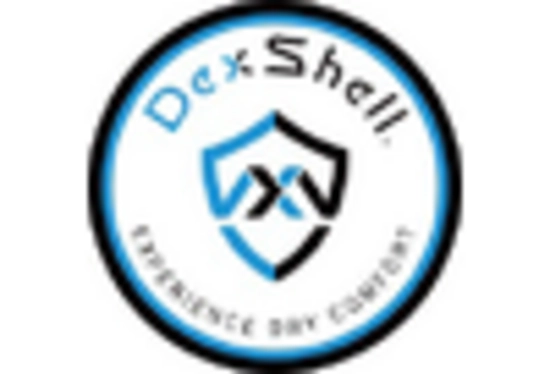
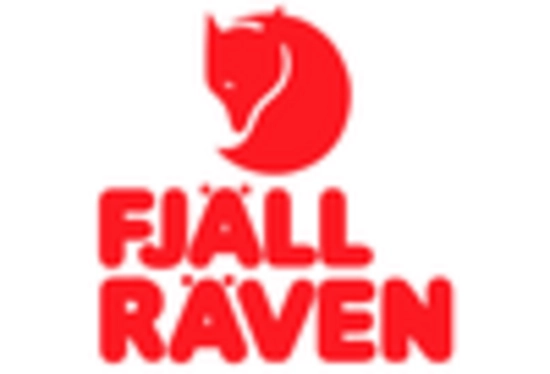
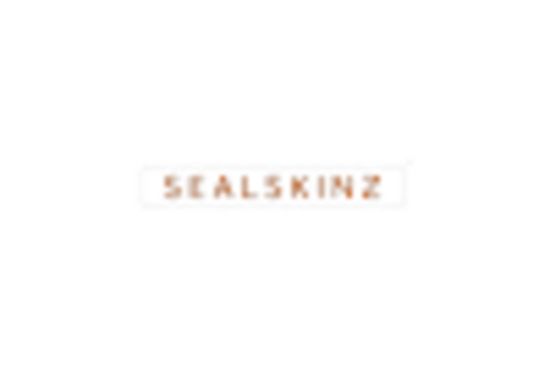
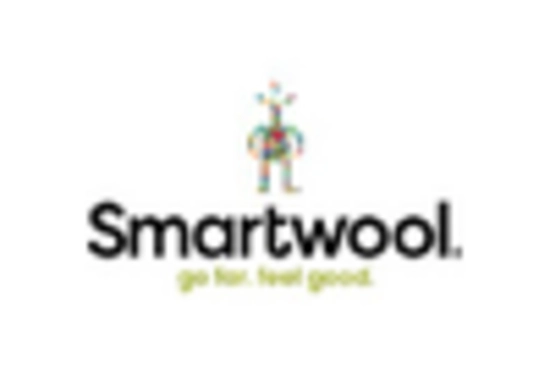
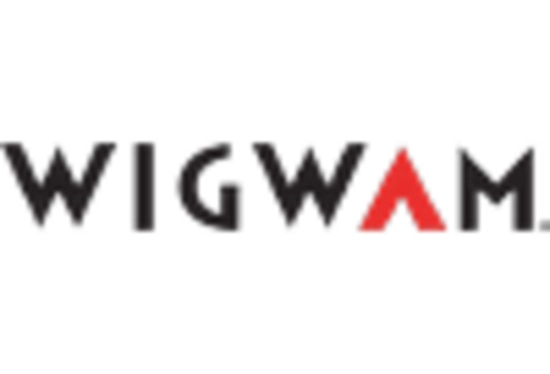

Leave a Comment